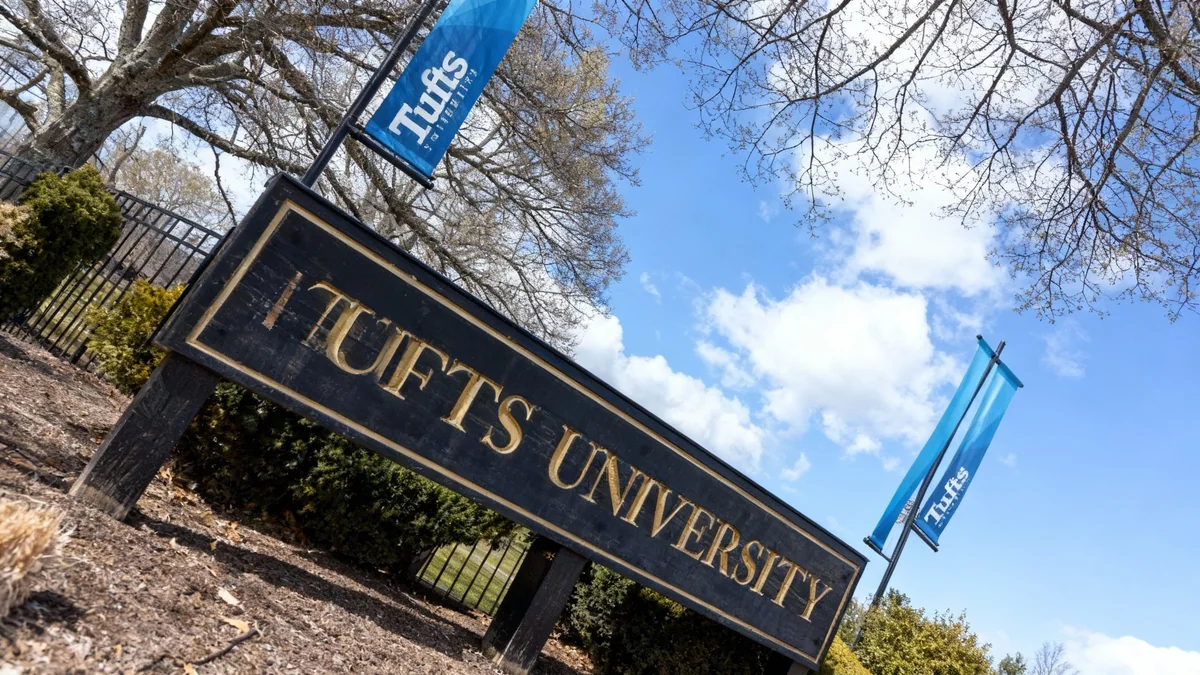A wildlife research tracking collar led to the evacuation of Utah State University's (USU) Old Main Building on Tuesday, October 1, 2025. The device, which was part of a planned undergraduate telemetry exercise, was mistakenly identified as a suspicious item, prompting a swift law enforcement response and a temporary campus lockdown.
Key Takeaways
- USU's Old Main Building was evacuated due to a suspicious device.
- The device was a wildlife research tracking collar used for student training.
- Police, out of caution, detonated the non-explosive collar.
- The incident occurred amid heightened security on campus.
- No threat was found, and campus activities resumed within an hour.
Evacuation Triggered by Misidentified Device
The incident began at approximately 2:45 p.m. on Tuesday. A USU employee noticed an item placed near the exterior of the Old Main Building. The employee reported it to university police, describing it as a "suspicious item placed in a suspicious manner." This report initiated an immediate evacuation of the building.
University police officers quickly responded to the scene. They located the device and determined it was a wildlife telemetry collar. This type of collar is commonly used in field research to collect data from remote animal subjects.
Fact: Telemetry Collars
- Purpose: Used by researchers to track animals in the wild.
- Technology: Often contain GPS signals and cell antennas for data transmission.
- Application: Essential for studying animal migration, behavior, and population dynamics.
Precautionary Detonation by EOD Squad
Despite confirming the device was non-explosive, law enforcement proceeded with extreme caution. The Explosive Ordnance Disposal (EOD) Squad was called to the scene. Due to the presence of GPS signals and cell antennas, which are common in tracking devices but can also be components of explosive devices, the EOD Squad decided to detonate the collar.
This measure was taken as a standard protocol for objects emitting such signals when their nature is initially unclear. The detonation ensured there was no remaining risk to the campus community.
"Better safe than sorry isn’t a cliché. It’s a great reminder to always stay alert and diligent. We’re all better off when we’re looking out for one another. We encourage everyone that if you see something, say something. It’s good to see the system work," said Ellis Bruch, USU Director of Public Safety.
Campus Security During Heightened Alert
The incident occurred during a period of heightened security at Utah State University. The campus was preparing to host a Turning Point USA event that evening. This event likely contributed to the increased vigilance among campus personnel and law enforcement.
In addition to local concerns, there have been a number of hoax threats reported at universities across the United States in recent weeks. This broader context further justified the cautious approach taken by USU police and the EOD Squad.
Background: University Threats
In recent months, many universities nationwide have experienced various security threats, including bomb threats and active shooter hoaxes. These incidents often lead to campus lockdowns, evacuations, and significant disruptions to academic activities. Law enforcement agencies typically treat all such reports with the highest level of seriousness to ensure public safety.
Swift Resolution and Return to Normalcy
An all-clear was issued for the Old Main Building at 3:45 p.m., approximately one hour after the initial evacuation order. Following this, normal activities on the USU campus were able to resume. The quick resolution minimized disruption for students and staff.
Director Ellis Bruch praised the actions of law enforcement and the university community. He emphasized the importance of staying alert and reporting any suspicious items or activities. This proactive approach, he noted, helps ensure the safety and security of everyone on campus.
The Role of Preparedness
- Employee Vigilance: The initial report came from an alert university employee.
- Police Response: USU police quickly assessed the situation and secured the area.
- EOD Involvement: Specialized units handled the device with appropriate protocols.
- Communication: Clear communication ensured the campus community was informed.
The event served as a practical demonstration of the university's emergency response procedures. It highlighted the effectiveness of reporting suspicious items and the coordinated efforts of campus security and external law enforcement agencies.
While the device ultimately posed no danger, the incident underscores the need for continuous vigilance in public spaces, especially on university campuses. The rapid and cautious response prevented potential panic and ensured the safety of the USU community.





